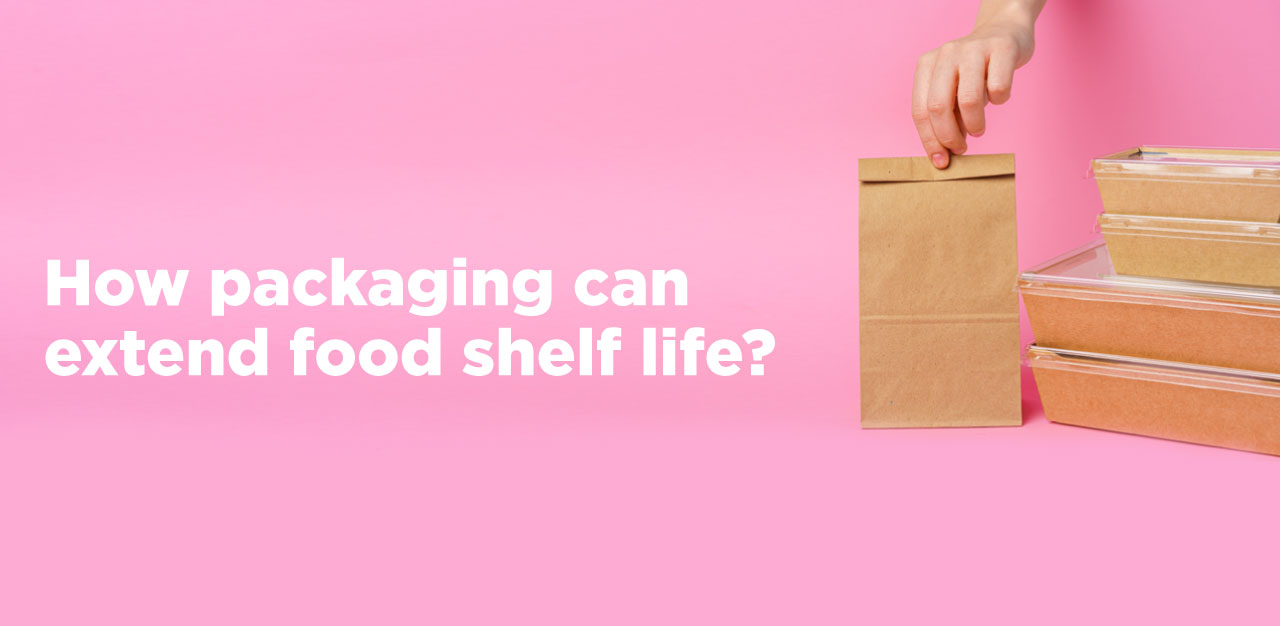
How Packaging Can Extend Food Shelf Life
At the most basic level, packaging is used for the purpose of carrying or transporting a material from point A to point B. However, in its most complex role, it protects the food from outside contaminants and preserves its inherent goodness for much longer time than otherwise possible in the natural environment. This is called extension of shelf life of food through and is achieved by making specially constructed packaging made of two or more types of polymer substrates often in combination of an aluminium film. An appropriate shelf life ensures that quality food is available for consumers for a much longer time, helps a distribution network to carry food over long distances to all geographical corners without the risk of food spoilage, and also enables production efficiencies associated with larger product volumes. This means right packaging provides more time for transportation, more time for selling sensitive food products, and reducing spoilage making food products highly attractive to the customers.
Food generally becomes unfit for consumption by over exposure to oxygen or moisture or both which cause microbial growth leading to its deterioration. For example, if left in the open for long, biscuits become soggy - they lose their crunchiness and thus become less tasty as also the majority of snack foods which lose their crispness & aroma if left in the open for long. Coffee also turns into lumps if not kept in tight packs. There are thousands of such daily-use products whose consumption life is incredibly extended by specifically made packaging.
There are many different types of plastic polymers like Polyester, Nylon, Ethylene, propylene coupled with special material like foil which have barrier properties of varying degrees and are used for shelf life extension of food products during the industrial processes. This purpose-built packaging generally is a combination of two or more such polymers along with a foil (coating or film) fused together to make a seamless structure. This more complex packaging thus acts as a barrier between oxygen & moisture and the food contents ensuring longer life for the products to be available to consumers in the supermarkets.